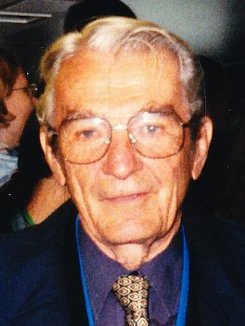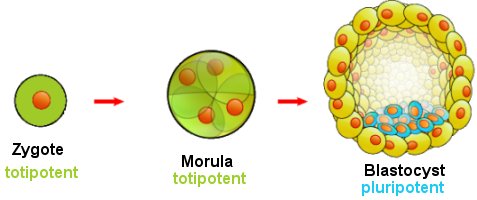I recently received this video via E-MAIL. The subject line of the message was “What you won’t be taught in school.” That intrigued me, so I watched the video. It is of a man named David Barton who is leading a tour of the U.S. Capitol. According to his company’s website:
David Barton is the Founder and President of WallBuilders, a national pro-family organization that presents America’s forgotten history and heroes, with an emphasis on our moral, religious and constitutional heritage….His exhaustive research has rendered him an expert in historical and constitutional issues and he serves as a consultant to state and federal legislators, has participated in several cases at the Supreme Court, was involved in the development of the History/Social Studies standards for states such as Texas and California, and has helped produce history textbooks now used in schools across the nation.
As I listened to just the first part of the video, however, something seemed off…way off. So I decided to do a little fact-checking. Now I am not a historian, but I am able to do some investigative research. When I checked the facts on just one segment of the video, I was rather disappointed.
I don’t normally do this, but I ask that you watch the video before you read the rest of this piece. You needn’t watch the entire thing. Just watch from 0:40 to 1:26. It’s only 46 seconds of video, but it allows you to see just how wrong he is, at least in that section of the video.




